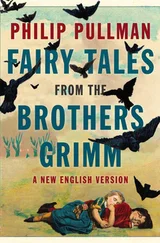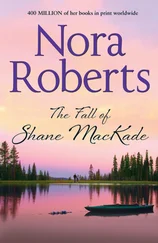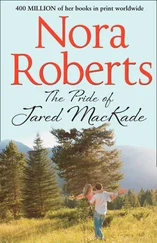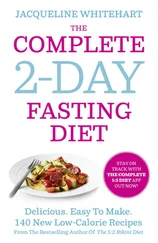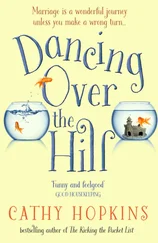Bacon and Shellfish
Bacon can switch from being stock food to something exceptional when it is put in the pan with one of its most natural partners. Spend a happy hour piling through a bowl of shell-on North Atlantic prawns that have been added, at the last minute, with 2 tablespoons of butter to a frying pan of bacon. Throw over a handful of chopped dill as you serve. Big king scallops, griddled on a hot plate, can be put on the same plate as streaky bacon ‘sugar canes’: rashers of very thin bacon that are twisted before being roasted in the oven or cooked in a pan over a medium heat for 10 minutes. Serve the scallops and bacon with small beet leaves or baby chard. Tabasco on the table – as it often seems to be.
Bacon and Potatoes
A rasher of bacon, wrapped around a lump of butter or cream cheese with chopped parsley and placed inside a part-baked potato, will, once returned to the oven wrapped in foil for a further 20 minutes’ cooking, make a supper eons more exciting than a wrinkled brown pebble with a sad lozenge of butter sliding around on the top.
Bacon Gravy for Sausages
I use bacon to make instant onion gravy for bangers and mash when I have no stock. Put a chopped rasher into the pan with a chopped onion, add a little butter or oil and cook over a low heat until the onion turns golden. Add a teaspoon of flour, stir well over the heat until it browns a little, then slowly add about 150ml/¼ pint water, stirring all the time. The result is a pale, buff-coloured sauce, not gravy brown, but it tastes fine.
Light Bacon Stew
Smoked pork belly can be cut into chunks, browned in a pan with garlic, onion and celery, then simmered in stock until tender. Serve with boiled potatoes and plenty of parsley. If you have any joints of poultry or fresh rabbit, add and simmer with the bacon.
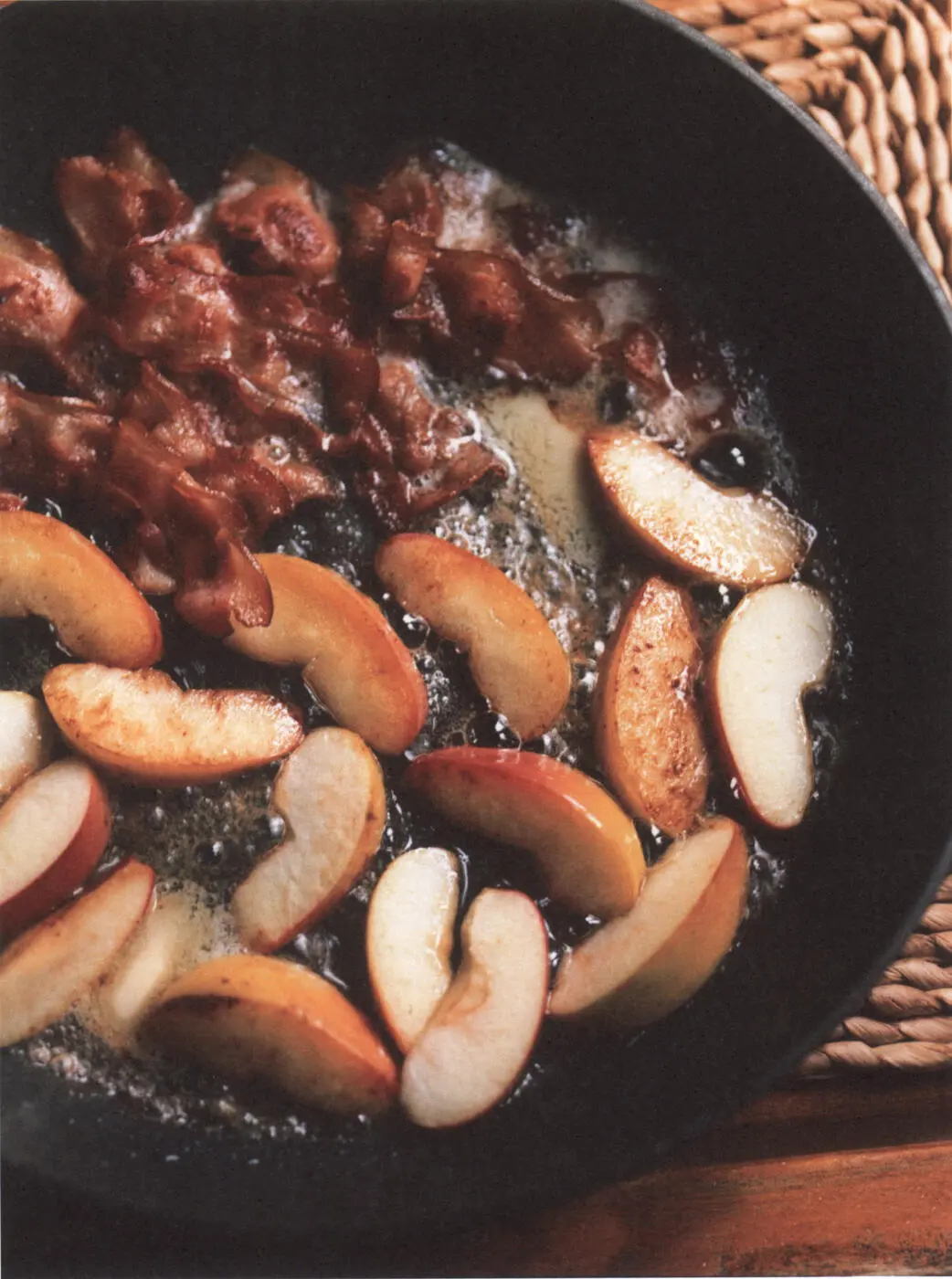
Bacon and Apples
An easy small lunch dish that can be woven into a plate of cooked yellow lentils and a slice of Appleby Cheshire cheese. Nearly perfect. It will be no good, though, made with any one of that terrible trinity of juice bombs – Gala, Braeburn or Granny Smith – and, sad to say, Bramleys will fall to bits. Cox’s Orange Pippins are best, or another apple with a good, fibrous texture and matt skin (see here).
I prefer to use thinly cut smoked streaky bacon for this, but if you like a thick cut, or prefer to use back or middle rather than streaky, that’s fine, too.
Serves 2
a large knob of butter
4 rashers of smoked streaky bacon, cut into 2cm/¾ inch strips (remove the rind first if they are cut thick)
2 eating apples, cored and cut into segments
light brown muscovado sugar
freshly ground black pepper
Melt the butter in a frying pan, add the bacon and cook until it loses its transparency and becomes crisp. Add the apples and fry both for 4–5 minutes until the apples are tender, gently turning them occasionally but not too often or they will break up. Sprinkle a pinch of muscovado sugar over the apples, then twist over some black pepper. With the bacon, salt is not needed.
Serve with yellow-brown Umbrian lentils – cooked as for green lentilsbut substituting real ale, more stock or water for the wine.
Bacon and Potato Salad with Green Celery Leaf and Cider Vinegar
Be sure to chop the celery leaves finely for this warm salad so there is all the flavour and no fibrous texture. This is a perfectly good and economical dish to eat alone – the bacon means you need no other protein, but you could follow it with some cheese and buttered oatcakes.
Serves 4
20 new potatoes
6 rashers of smoked streaky bacon. cut very thin, or the rind cut off
1 teaspoon sugar
1 tablespoon Dijon mustard
175ml/6fl oz light olive oil or sunflower oil
1 tablespoon cider vinegar or apple vinegar
2 tablespoons water
a handful of celery leaves, finely chopped
2 shallots, chopped
sea salt and freshly ground black pepper
Cook the potatoes in boiling water until just tender but not too soft. Drain, cut each one in half and set aside. Meanwhile, cut the rashers in half and put them in a frying pan (with no fat). Place over a medium heat and cook for about 10 minutes, turning once or twice, until crisp as a cracker.
Put the sugar, mustard, oil, vinegar and water in a bowl and mix until well emulsified. Stir in the celery leaves and shallots. Taste and add salt if necessary, then season with black pepper.
Put the potatoes in a big bowl, throw the crisp rashers over the top and pour over the dressing. Mix well. It doesn’t matter if the rashers break up – that way it just tastes better.
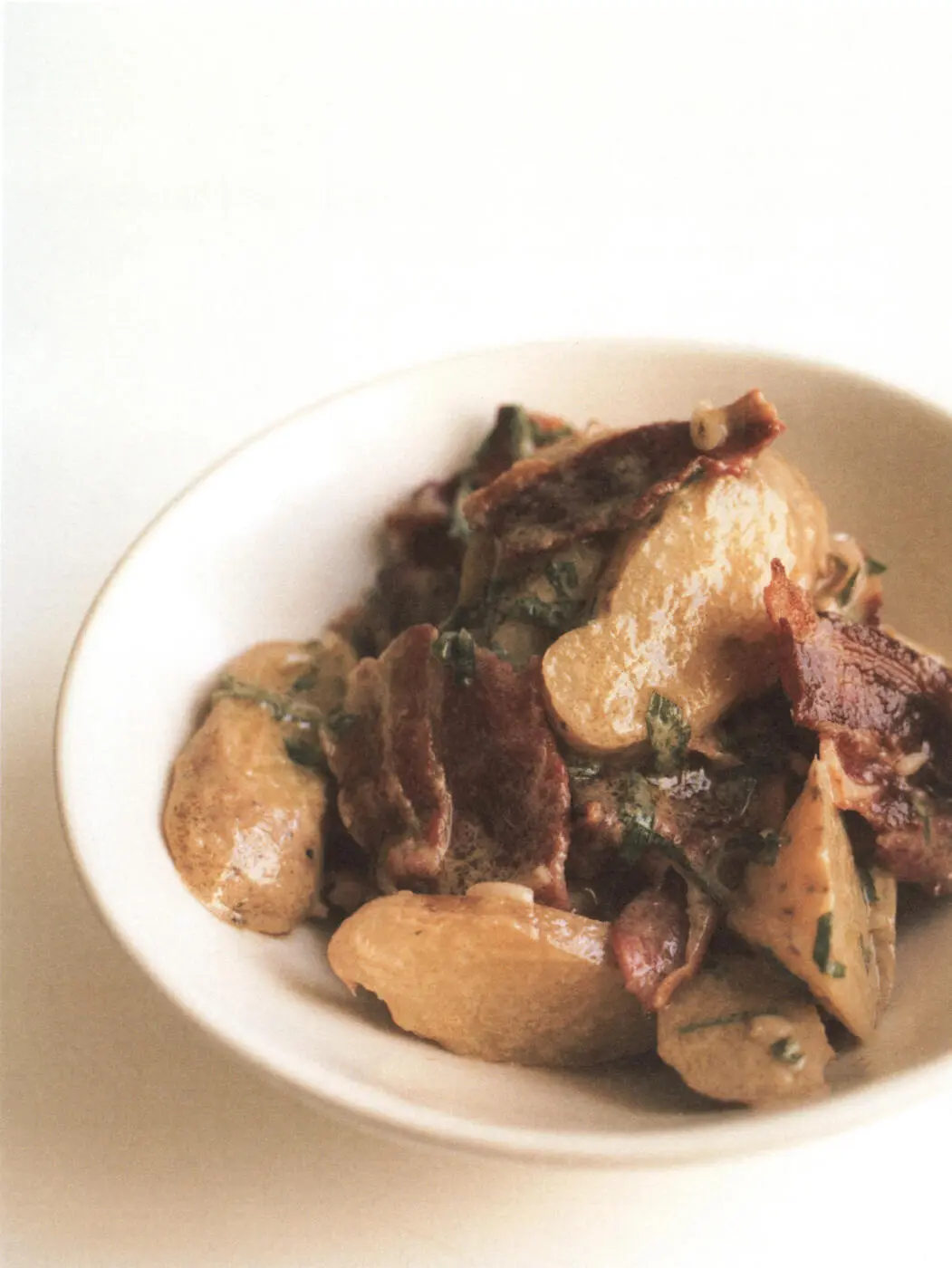
BARLEY
Barley Cooked as for Risotto
Pot Barley and Lamb Broth
Pearl Barley with Turmeric, Lemon and Black Cardamom
Barley Water (the Queen’s Recipe)
Spiced Barley with Leeks, Root Vegetables, Oregano, Nutmeg, Allspice and Butter
Barley in Breadcrumbs
Superseded by wheat in almost all recipes, and now mainly used in brewing, barley is an ideal grain to rediscover from the annals of lost food plants and bring back into use in modest, everyday recipes. Now is a good time to think about eating grains other than the obvious ones, and to enjoy as many food plants as possible.
Before getting on to the science bit, I have to start by saying that since using new grains in my kitchen, life has got a lot more interesting. After years of pasta, risotto and pilav, suddenly I am tasting something with a totally new feel, scent and taste. I am yet to get some of these new grains past my children, who are happier to fork up basmati and penne. But my mother, who tried to feed us the then unfashionable Puy lentils in the 1970s, provoked a memory that must have steered me towards them when they properly arrived on the scene nearly 20 years later. So now when I put the new grains on the table and hear the inevitable refusal from the children, I know that they hear adults praise the dish, and I hope their curiosity will one day provoke them to have a try. I am sure they will do it when I am not looking, but I have learned that there is no point in making a child eat something when they are not ready.
Discovering, cooking and eating new grains matters. According to scientists at Biodiversity International, the organisation campaigning to preserve the gene bank of ‘lost’ foods, we depend on wheat, rice and maize for 50 per cent of our diet – a fact that challenges human health and opens to question our ability to deal with the effects of climate change. They say that people who eat more diverse diets are less prone to killer diseases, such as cardiovascular illness, cancer and diabetes. They also claim that avoiding the bank of over 7,000 edible plants means we miss out on essential nutrients.
It’s a bit of a tall order to expect anyone to keep 7,000 foods in their larder, but the basic message is that the balance of our diet has been lost. Daily bread should not always be wheat but occasionally another grain or, better still, a combination of several. In terms of the environment, demand for a diverse diet encourages more innovation in agriculture. The monoculture dominated by wheat, rice and maize is vulnerable to disease and pests but widening the range of crops ‘confuses’ these threats – one crop’s enemy is not that of another. A pest that destroys a certain breed may not touch others. Hence less need to treat with pesticides, a longer season (given that different strains of species ripen at intervals) and so more food. There is also evidence that cultivating a greater number of grains, vegetables and fruits can benefit the wealth of farming communities in developing countries. It’s obvious, though, isn’t it? With just three main grain plants dominating the food chain, and every country fighting to make money from farming and be a part of the global marketplace, there are going to be those at a natural disadvantage – namely those farmers who do not receive subsidies and nations who pay levies on exports.
Читать дальше



